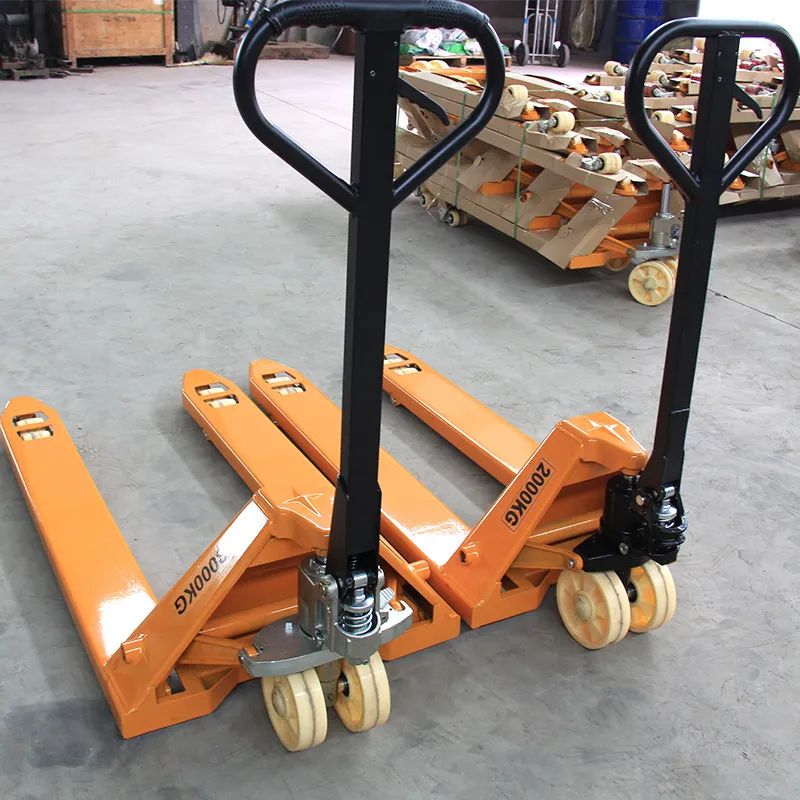Innovative Applications of Gantry Beams in Modern Structural Engineering
Understanding Gantry Beams An Overview
Gantry beams are structural components commonly used in various industrial applications, ranging from manufacturing to construction. Defined as a beam that stands on legs or columns, gantry beams facilitate the movement of heavy loads and machinery, often incorporating a crane system to enhance operational efficiency.
Structure and Design
The construction of a gantry beam primarily involves materials such as steel or aluminum, which provide the necessary strength and durability to support heavy weights. The design typically includes a horizontal beam supported at both ends by vertical columns, allowing for a clear path beneath it. This configuration facilitates the movement of materials or equipment without any obstructions.
Engineers carefully consider factors like load capacity, span length, and operational environment when designing gantry beams. These aspects play a crucial role in determining the dimensions and material specifications of the beam. For example, a gantry system used in a shipyard will differ significantly from one employed in a warehouse setting due to varying load requirements and spatial constraints.
Applications of Gantry Beams
Gantry beams find utility in numerous sectors. In manufacturing, they are essential for overhead cranes that lift and transport components along an assembly line. The ability to move heavy items with precision minimizes the risk of accidents and improves productivity. Similarly, in construction, gantry beams facilitate the transportation of materials across sites, particularly in areas where forklift access may be limited.
In the transportation industry, gantry beams are used in bridge construction and other infrastructure projects. They provide the support needed to span large distances while allowing vehicles to pass underneath. This is particularly vital in urban environments where space is at a premium.
Types of Gantry Beams
gantry beam

There are several variations of gantry beams, each tailored to specific applications. A “full gantry” consists of a complete structure with two vertical supports, while a “semi-gantry” system typically has one side supported by a building or fixed structure. Portable gantry systems, on the other hand, are designed for mobility and can be easily moved to different locations as needed.
Advantages
One of the primary advantages of gantry beams is their versatility. They can be adapted for various uses, from lifting heavy machinery to transporting products in a warehouse. Their open design allows for unimpeded movement underneath, which adds to their practicality in tight spaces.
Additionally, gantry beams can significantly improve safety in the workplace. By enabling the safe lifting and transport of heavy loads, risks of workplace injuries are reduced. This aspect is particularly relevant in industries where manual lifting poses a danger to employees.
Challenges and Considerations
While gantry beams offer many benefits, there are challenges associated with their use. Critical considerations include ensuring that the beams are correctly rated for the loads they will carry. Overloading can lead to structural failure, posing significant safety risks. Regular inspections and maintenance are essential to ensure the integrity of the beam and the safety of its operation.
Conclusion
In conclusion, gantry beams are essential components in many engineering and industrial applications. Their robust design and versatility make them invaluable in transporting heavy loads with ease and safety. As industries continue to evolve, the innovative use of gantry beams will play a critical role in enhancing operational efficiency and safety standards across various sectors. Understanding their structure, applications, and maintenance is vital for anyone involved in sectors where these structural elements are utilized.
-
Affordable 2000 lb Gantry Crane | Heavy-Duty & PortableNewsSep.01,2025
-
4000 lb Gantry Crane | Adjustable, Heavy-Duty Lifting SolutionsNewsAug.31,2025
-
Portable 2000 lb Gantry Crane | Heavy-Duty & AdjustableNewsAug.30,2025
-
Versatile Lifting Solutions with Gantry and Overhead CranesNewsAug.29,2025
-
The Versatile Mobile Gantry Crane SolutionNewsAug.29,2025
-
Reliable Movement with Heavy Machinery Skates and RollersNewsAug.29,2025
-
Reliable Lifting Performance with 2000 lb Gantry Crane and 2 Ton Overhead SystemsNewsAug.29,2025
